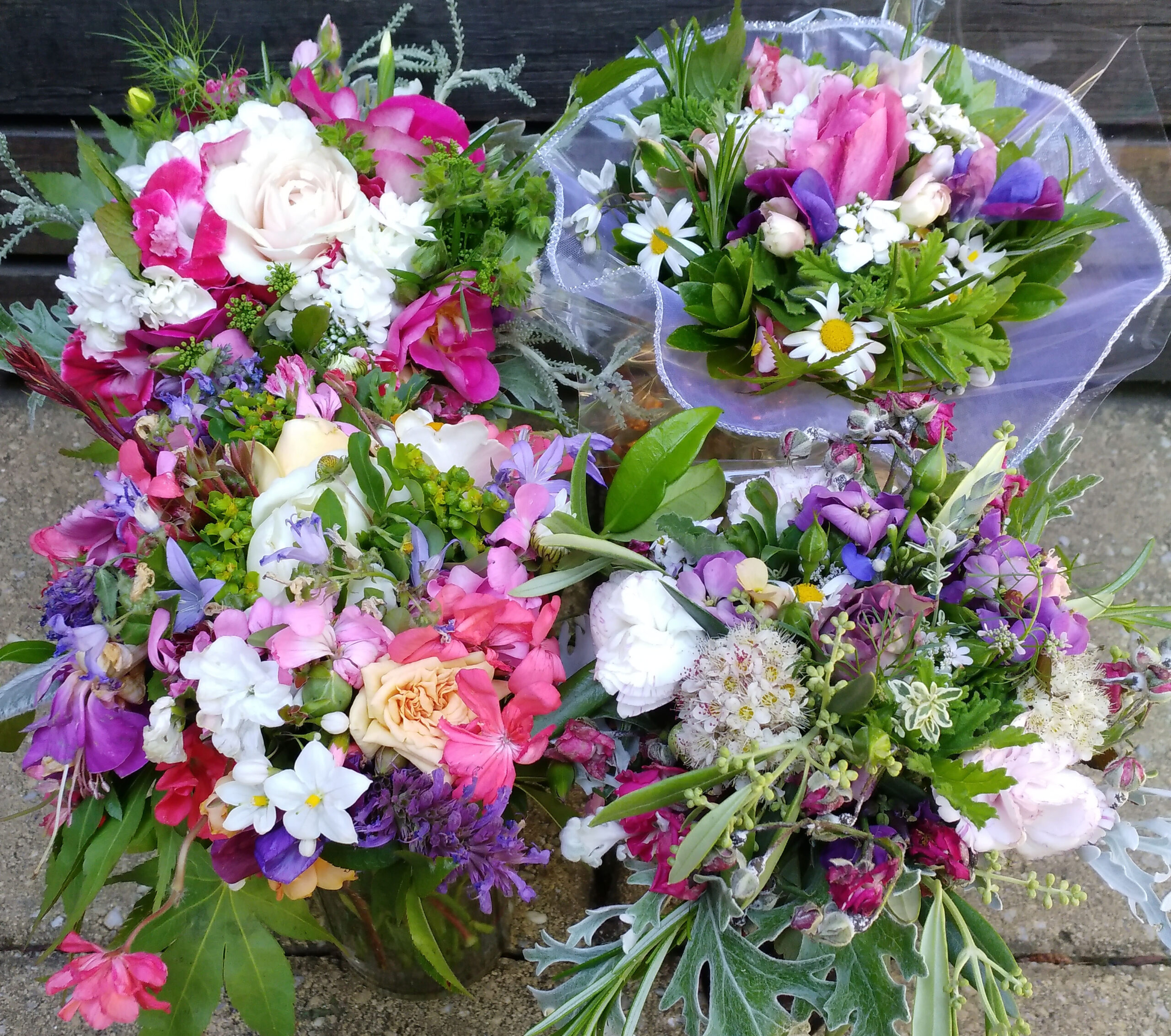
Tussie Mussies owe their original to medieval Europe, where a posy of flowers and herbs would contain purpose and meaning. Posies of sweet smelling herbs and flowers were popular with both women and men. In a time when hygiene was limited, these tussie mussies and nosegays were used to mask smells and ward off air-born disease. They became the forerunners of modern corsages and suit lapel flowers.
The language of flowers was an often used form of communication when literacy rates were poor. A posy of flowers and herbs was carefully created to say congratulations, give a warning, profess or reject love or a get well gift, with healing herbs in the posy. Today, red roses are still a best seller on St Valentine’s Day for love and Rosemary is worn as lapel pin for Anzac Day and Remembrance Day for remembrance.
Historically, in the language of flowers, the simple rose flower had dozens of meanings. Look at the War of the Roses – the White rose for the House of York and the Red rose for the House of Lancaster, so red and white roses together meant unity. More generally, the meaning or roses could vary depending on, the colour (deep red is bashful shame and yellow for jealousy), the phase the flower (White rosebud is a heart ignorant of love, while a full white rose means ‘I am worthy of you’) and the size of the rose (smaller roses have similar but softer meanings, so passionate love may be romantic love).
Queen Victoria loved Tussie Mussies, rekindling the fashion, where Tussie Mussies became highly prized accessories and the Royal Tussie Mussie maker a valued position even now. Today, we often still give Tussie Mussies as a way of saying thank you or showing we care; we are drawn to the fresh simplicity of the posy style and of course enjoy the herbal and floral aromas.
